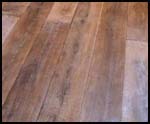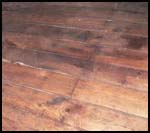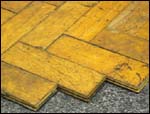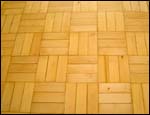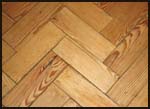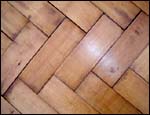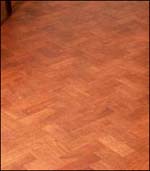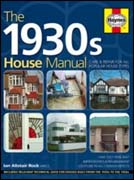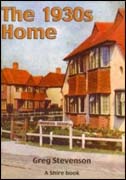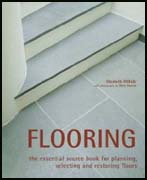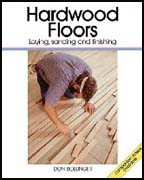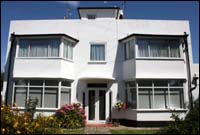|
Wooden
Flooring
|
||||||||||||||||||||||||||||||||||||
|
Most Victorian houses used wooden floorboards. They were laid onto joists and nailed down. The floor boards created a suspended floor, where the air-gap helped to prevent damp. Edwardian floorboards were narrower than the Victorians. They were butted up against each other or tongue and grooved. Boards were made from pine or deal and stained or waxed to look like hardwood. Bedroom wooden floors would of been parquet or boards painted white with a rug in the centre. Parquet flooring was popular between the Edwardian and Thirties period. Parquet flooring is most suitable for solid floors i.e. concrete, which would most likely to be on the ground floor of the house like the hall and living space. Parquetry is small blocks of hardwood glued down onto a subfloor providing a hardwearing surface to cater with daily life. The block would be laid down in a geometrical pattern to create a decorative effect; the herringbone pattern was most popular.
Pine and Oak Floor Boards
Parquet
Flooring
Wooden Flooring Products Reclaimed Wooden Flooring: Eat Sleep Live English Oak Parquet Flooring: LASSCO
Useful Links to Articles History of Parquet Flooring: Parquet House History of Russian Parquet Flooring Caring for your Parquet Floor: Parquet House
Youtube: Sanding and varnishing a herringbone wooden floor
Forum Debates Useful Research Websites English Architecture: Britain Express Looking at Buildings: Pevsner Architectural Guides
|
||||||||||||||||||||||||||||||||||||



